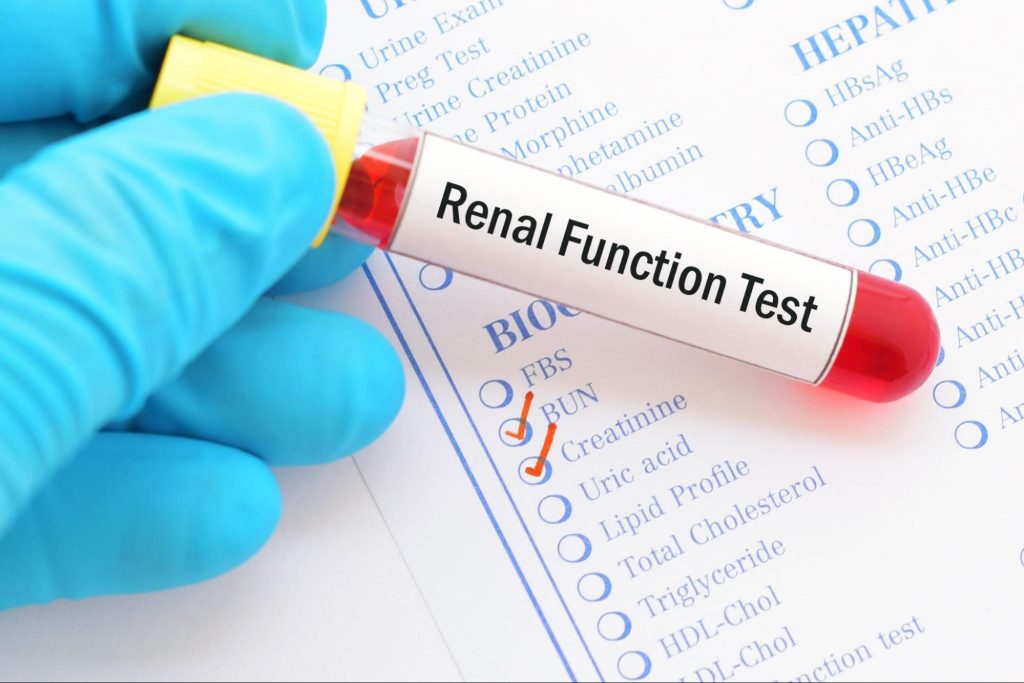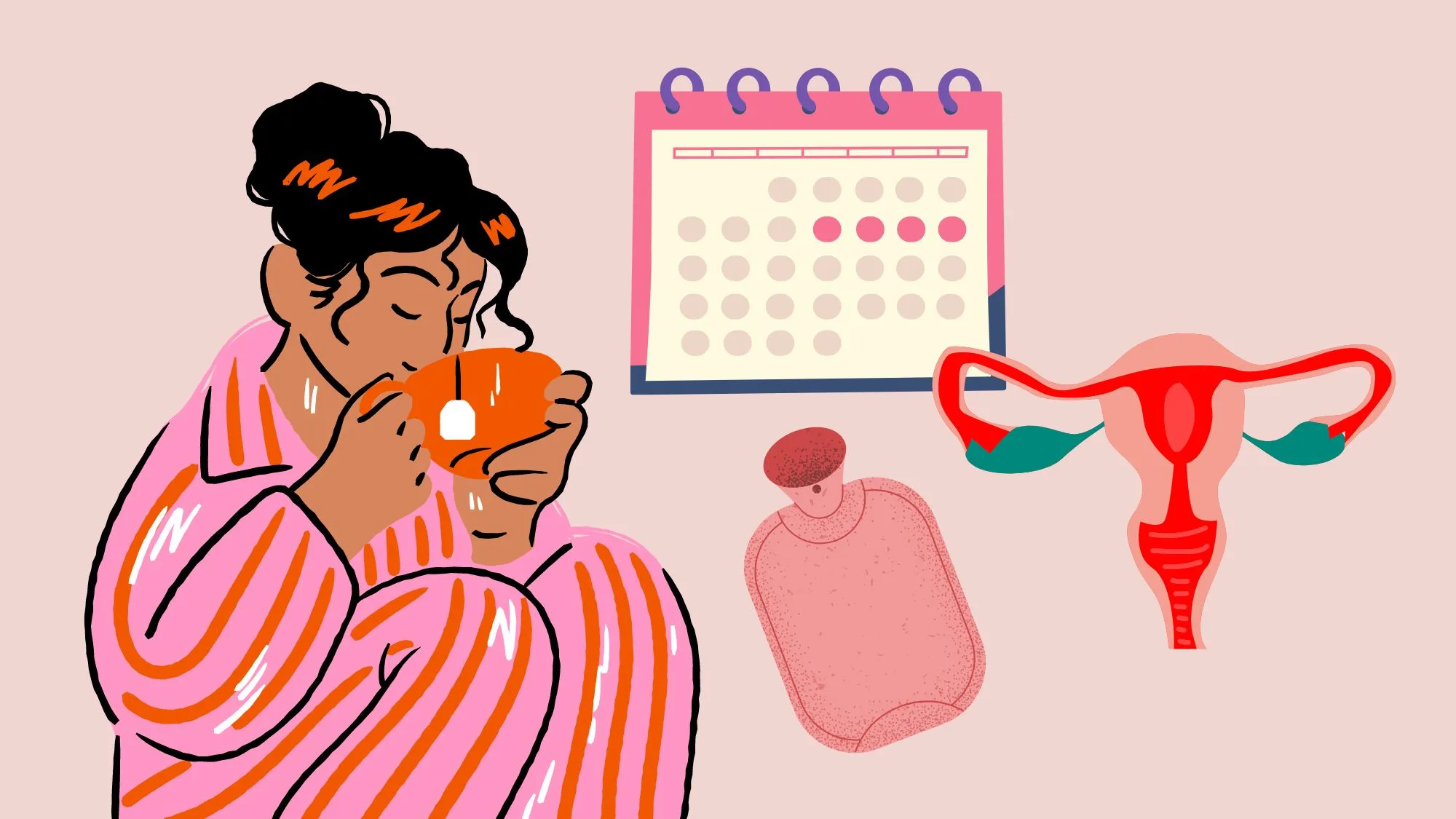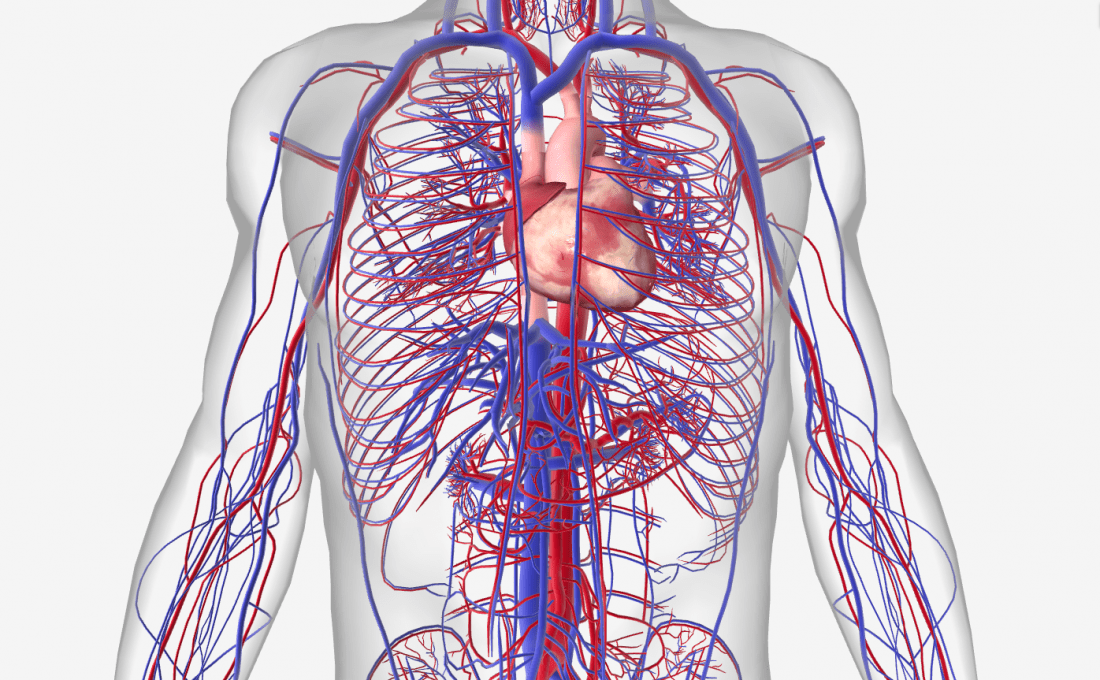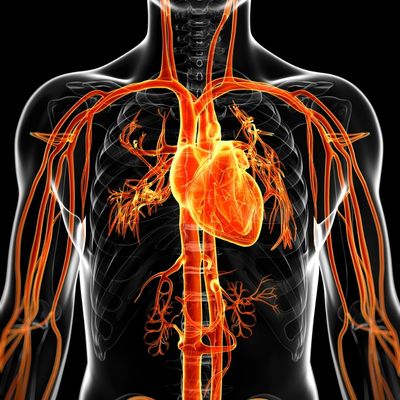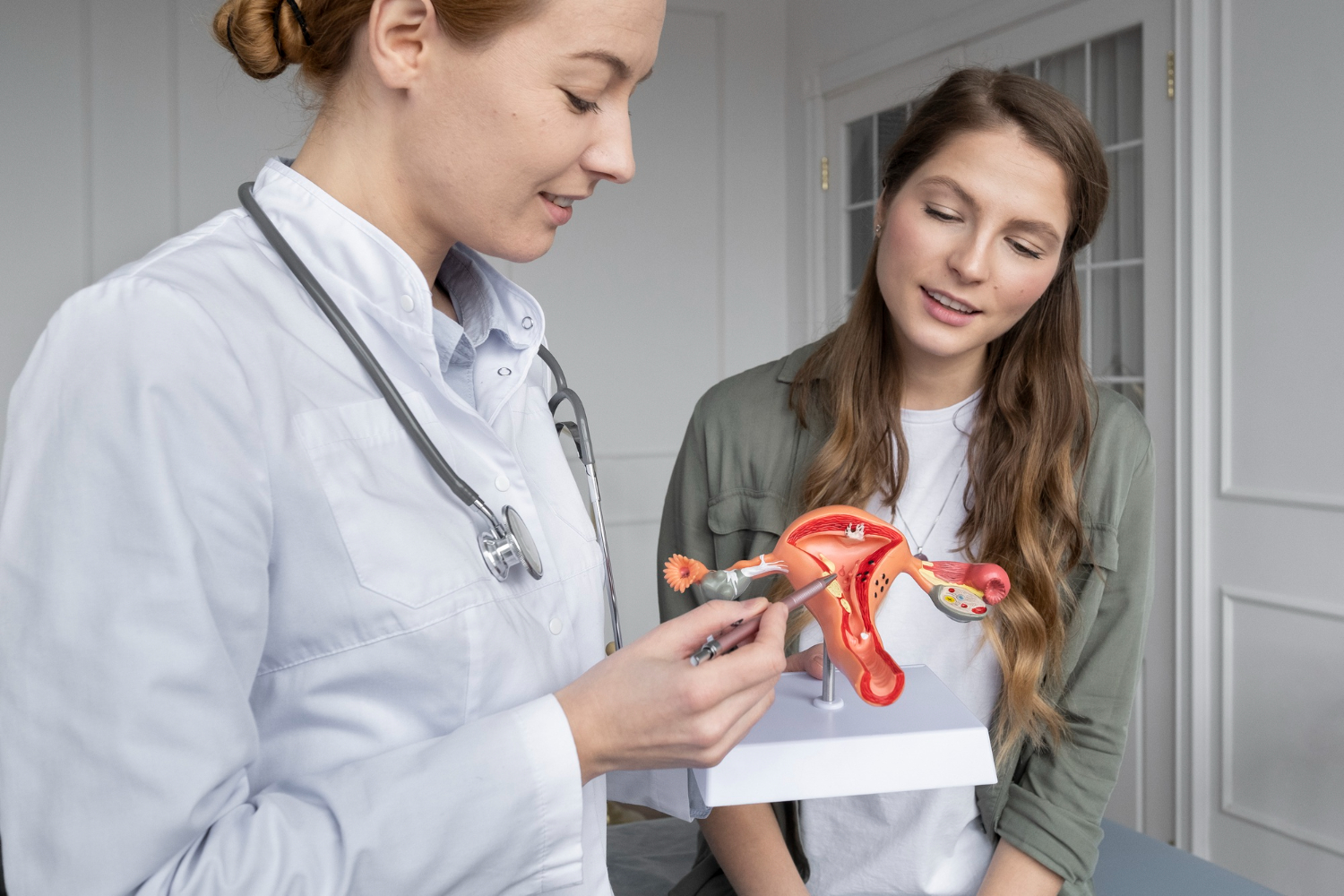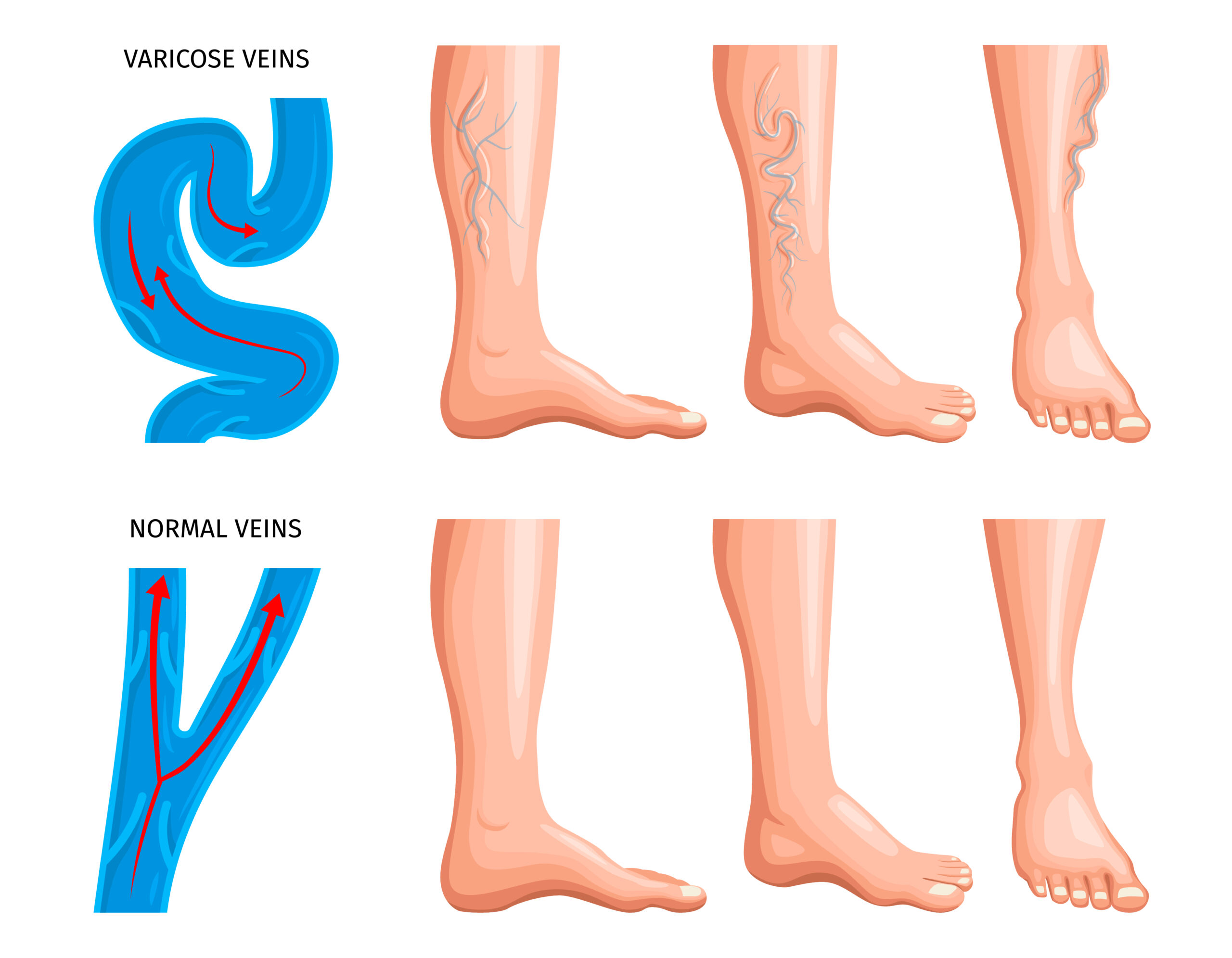Can Vascular Problems Affect My Sleep Cycle? Sleep is essential for staying healthy. It helps your body rest, repair, and recharge. But sometimes, problems with your vasculature, also called vascular, can affect how well you sleep. Many people don’t realize that poor blood flow can lead to sleep troubles, and poor sleep can also […]


